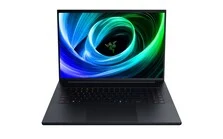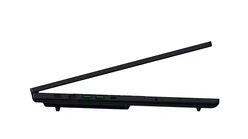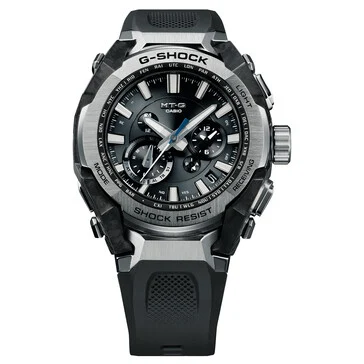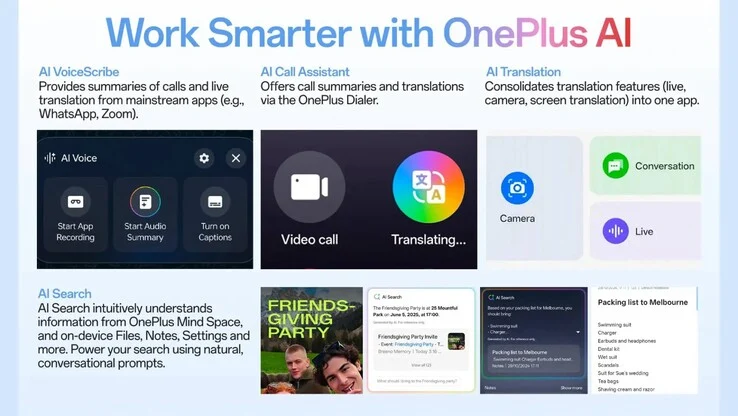Key Takeaways
1. Lenovo’s new TWS earbuds feature a touchscreen charging case that offers functions like playback management, volume adjustment, and alarm setting.
2. The charging case allows users to customize wallpapers and access an equalizer with presets for five music genres.
3. The earbuds support 360-degree spatial audio and have a gaming mode to reduce latency, with a total battery life of 30 hours using the charging case.
4. The ThinkPlus LP70 Pro earbuds provide four hours of battery life on a single charge and include Environmental Noise Cancellation (ENC) for calls.
5. Priced at $145, the earbuds currently lack silicone ear tips and active noise cancellation, and their global release date is yet to be announced.
Lenovo has just launched its new TWS earbuds, which are similar to the JBL Live Beam 3, priced at $145 on Amazon. What sets Lenovo apart is its charging case that comes equipped with a touchscreen. This case offers a wide range of functions compared to what JBL provides. Not only can users manage playback, adjust volume, and take calls, but it also allows for setting alarms, displaying battery life, current time, and even playing a loud sound through the earbuds to assist in finding them.
Personalization Options
In addition, Lenovo has included a variety of wallpapers that can be used to customize the lock screen of the touchscreen. Users can also access the equalizer directly through the charging case, with Lenovo providing presets tailored for five distinct music genres. For those who prefer more control, the dedicated smartphone app allows complete adjustment of the earbuds’ settings. It is worth noting, however, that the ThinkPlus LP70 Pro does not include silicone ear tips or active noise cancellation, which means users will still hear surrounding sounds.
Audio Features
On the brighter side, the LP70 Pro wireless earbuds do support 360-degree spatial audio and come with a gaming mode that reduces latency. Lenovo claims that the earbuds offer a total battery life of 30 hours when used with the charging case, while the earbuds themselves provide four hours on a single charge. Additionally, these headphones are compatible with Bluetooth 5.4, though Lenovo has not clarified which Bluetooth codecs they support. They do include Environmental Noise Cancellation (ENC) to help minimize background noise during phone calls.
The Lenovo ThinkPlus LP70 Pro earbuds are currently available in China for ¥159, which is roughly $22. There has been no news yet regarding when they might be released globally.
Source:
Link




























